| |
Family (Alpha): | |
| View | Acrididae Members:
| NC Records |
|---|
Pseudochorthippus curtipennis (Harris, 1835) - Marsh Meadow Grasshopper |
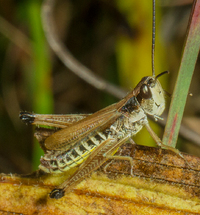
Male | 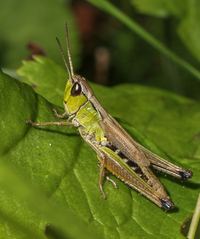
Female |
|
|
|
|
|
Image Gallery for Pseudochorthippus curtipennis - Marsh Meadow Grasshopper
|
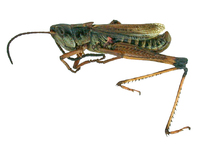 | Recorded by: J.B. Sullivan
Watauga Co.
Comment: |  | Recorded by: Stephen Hall and Bo Sullivan
Ashe Co.
Comment: Female |
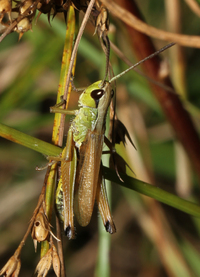 | Recorded by: Stephen Hall and Bo Sullivan
Ashe Co.
Comment: Male | 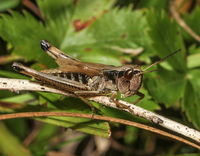 | Recorded by: Stephen Hall and Bo Sullivan
Ashe Co.
Comment: Female |
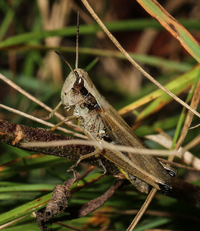 | Recorded by: Stephen Hall and Bo Sullivan
Ashe Co.
Comment: Female |  | Recorded by: Stephen Hall
Alleghany Co.
Comment: Male |
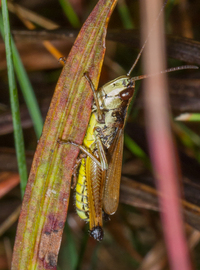 | Recorded by: Stephen Hall
Alleghany Co.
Comment: Male |
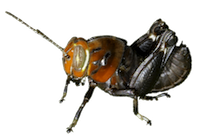
 »
»
 »
»